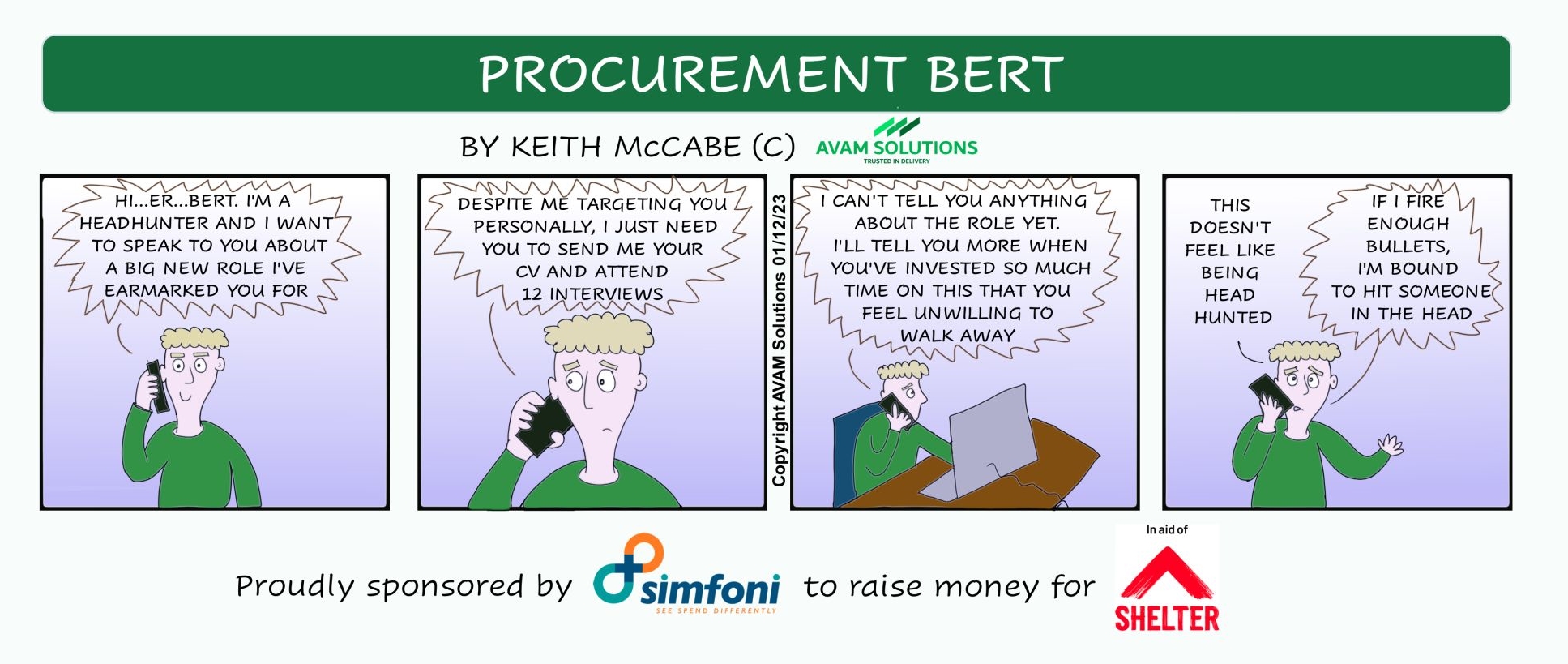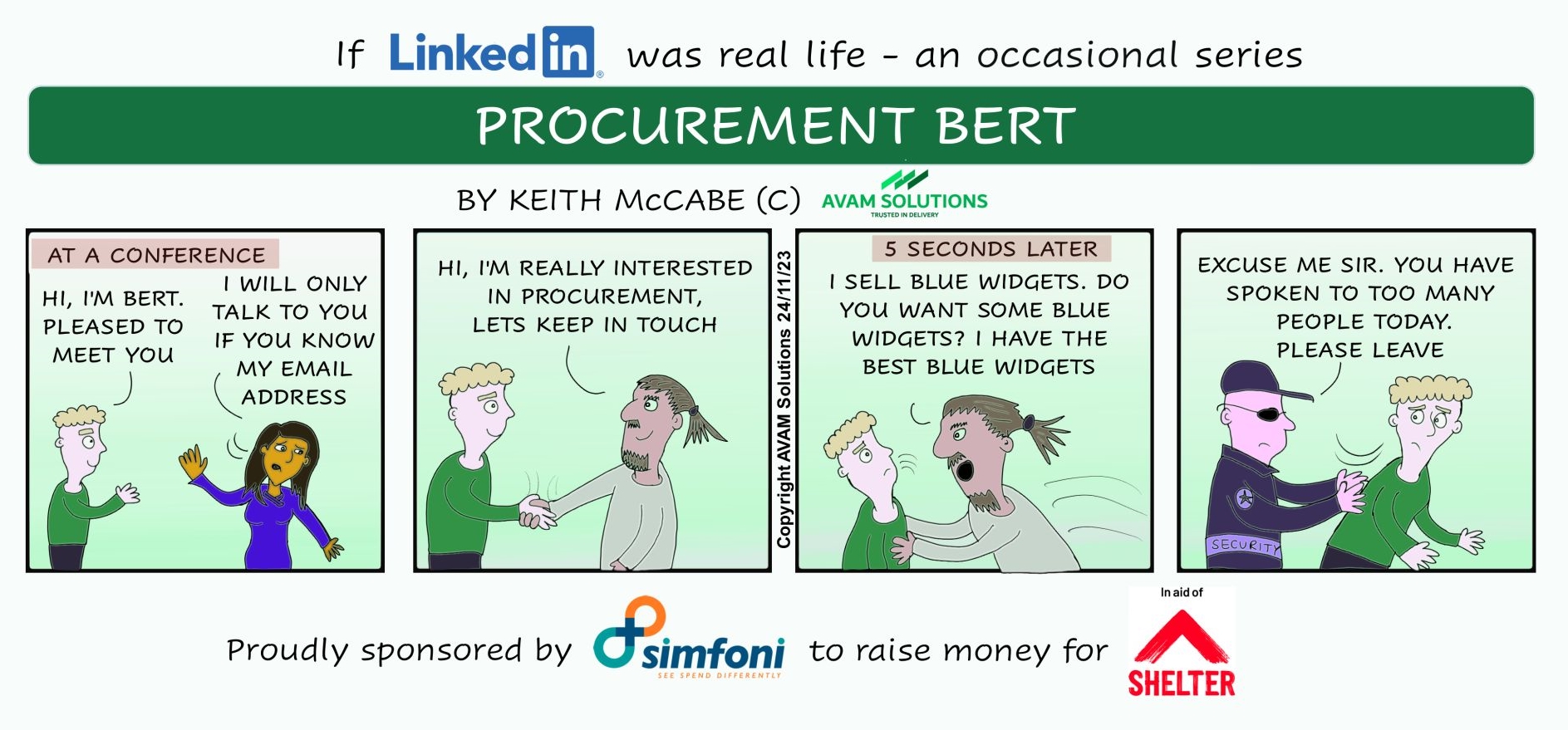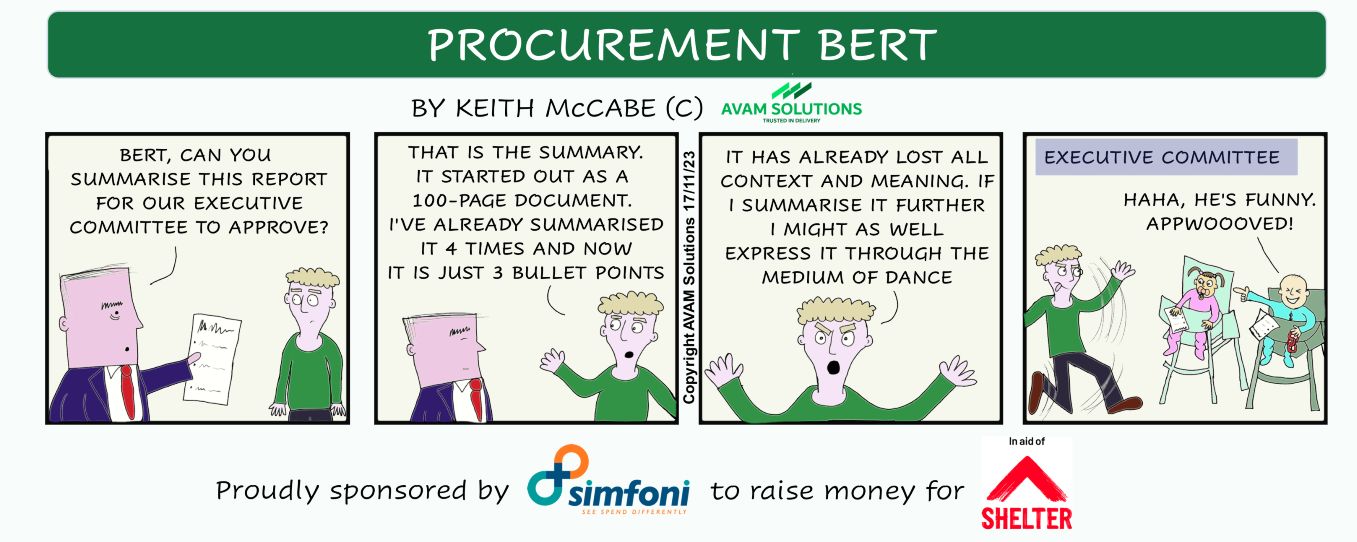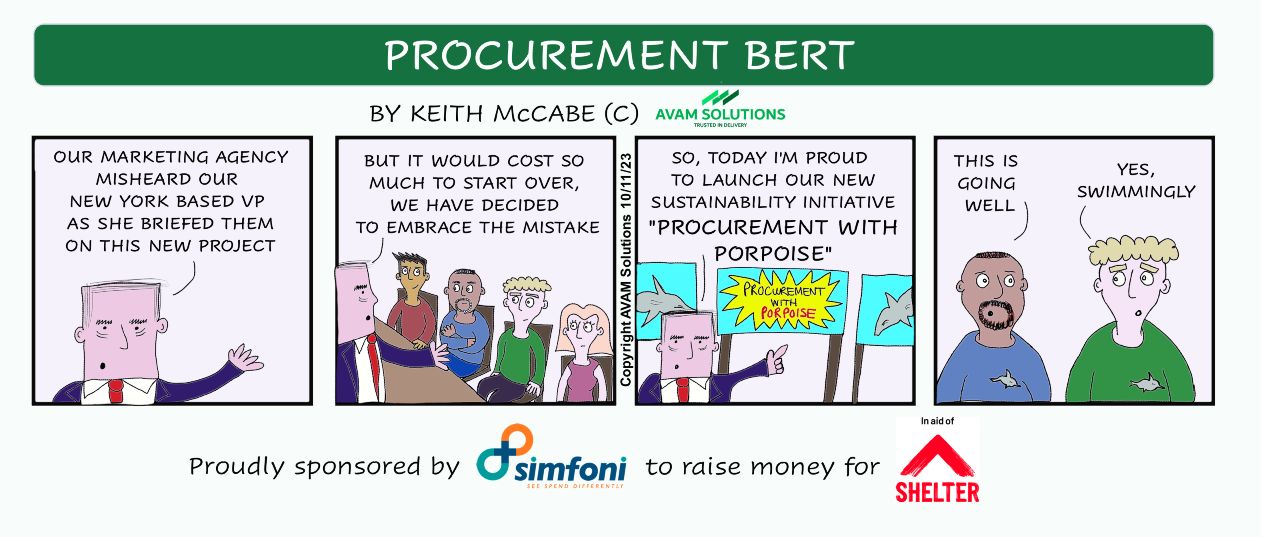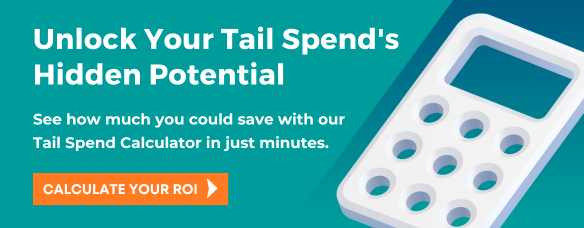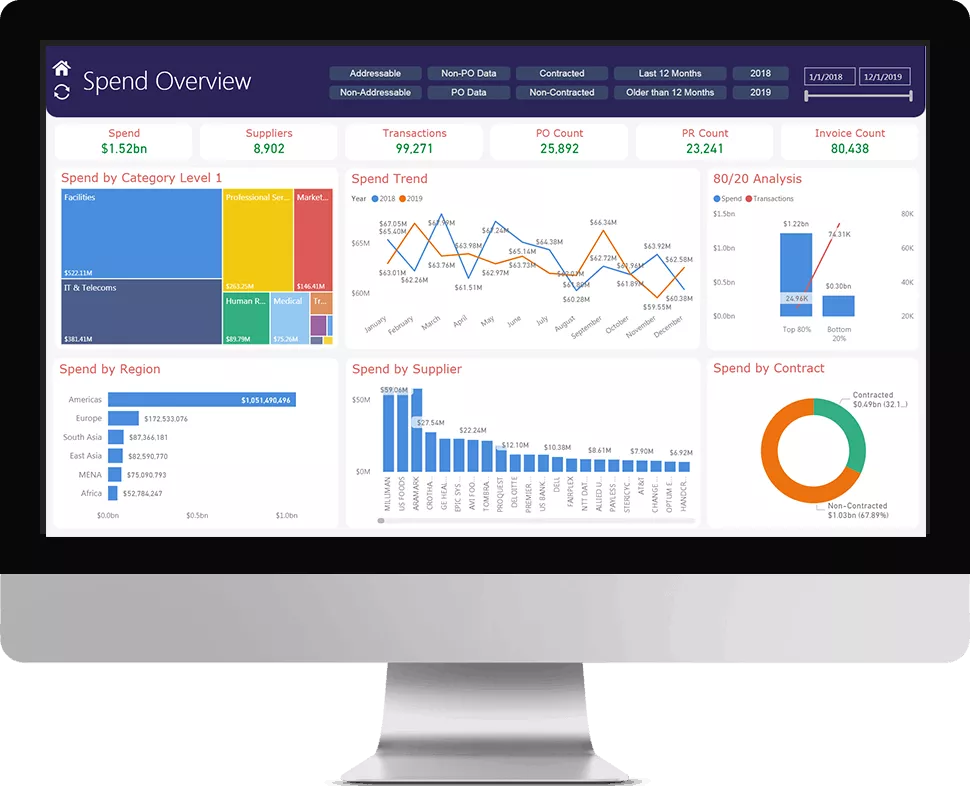Continuing on in this series about how organizations can better manage tail spend, we are now turning our attention to spot buying and tactical buying. Is there a difference between these two terms, or are they one and the same thing, and do they have any significant impact on broader tail spend management activities?
We already understand that strategic buying composes roughly 80% of purchases, and is:
- Planned, often well in advance
- Structured in such a way as to take overall company requirements and supplier capabilities into account
- Often characterized by long lead times
In comparison, tactical buying is:
- Used to source items required to keep the business running (e.g. in a production environment) or to allow an employee to perform their job (e.g. spare parts for a service technician)
- Generally characterized by an individualistic, short-term approach, i.e. each transaction is treated as a separate exercise
- Not usually aimed at taking overall company requirements or supplier capabilities into account
So, doesn’t this mean that spot buying and tactical buying are essentially the same thing?
No. Even though they have some common elements, tactical buying is usually placed with known/pre-approved suppliers, and there is often some level of pre-planning involved, albeit of a short-term nature.
Read More:- What is Procure to Pay – A Guide to Procure-to-Pay (P2P) Process
True spot buying is:
- Usually totally unplanned, e.g. used to deal with equipment failure or to re-stock items that have run out and are affecting the performance of the organization or individuals (this may be due to poor planning or simply unexpected or unavoidable circumstances)
- Mostly made up of small orders (in value or quantity terms) for once-off requirements (or at least treated as such)
- Often performed on an immediate payment and delivery basis
Unfortunately, although some spot buying activities could be converted into tactical buying (or even strategic buying) with better planning, there are times when spot buying is unavoidable. The key here is to achieve better control over spot buying when it does occur, from both a cost and management point of view.
One of the best ways is to put a stop to “maverick” buying, i.e. users simply placing orders wherever they please, e.g. from well-known sites like Amazon or eBay, or from suppliers they are already familiar with, by requiring all spot buy purchases to be placed via a single solution, driven by advanced software and supported by skilled procurement professionals.
Read More:- What is Procurement and How To Optimize Processes, Performance, and Technology?
Some of the advantages of this approach are:
- Simplicity. Users can quickly find and purchase what they need to do their jobs and keep operations running smoothly from among a wide range of listed items, or if the item is not listed, they can log their requirements in the system and get help from an expert.
- Cost-effective Supply. Items can be ordered from a range of pre-approved suppliers, including many that the user may not previously have been aware of.
- Better Control and Visibility. Because spot buy purchases are now being routed through a single channel that is visible and reportable, better management and control are possible.
This essentially means that a more tactical approach is taken toward spot buying, positively contributing to better overall tail spend management within the company.







